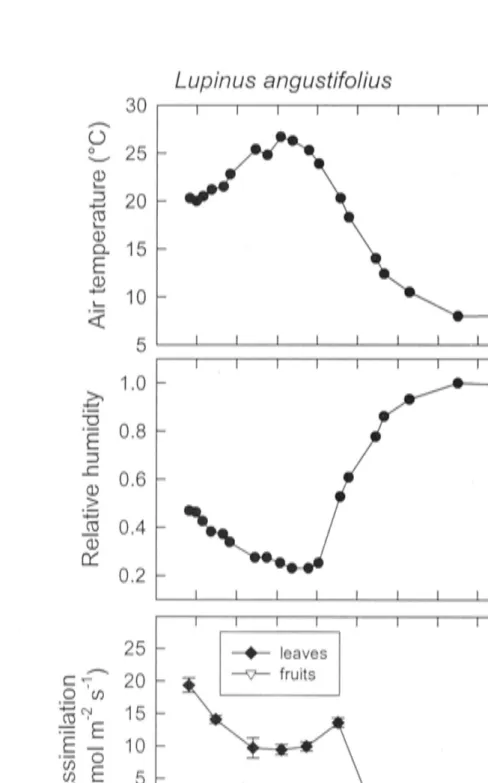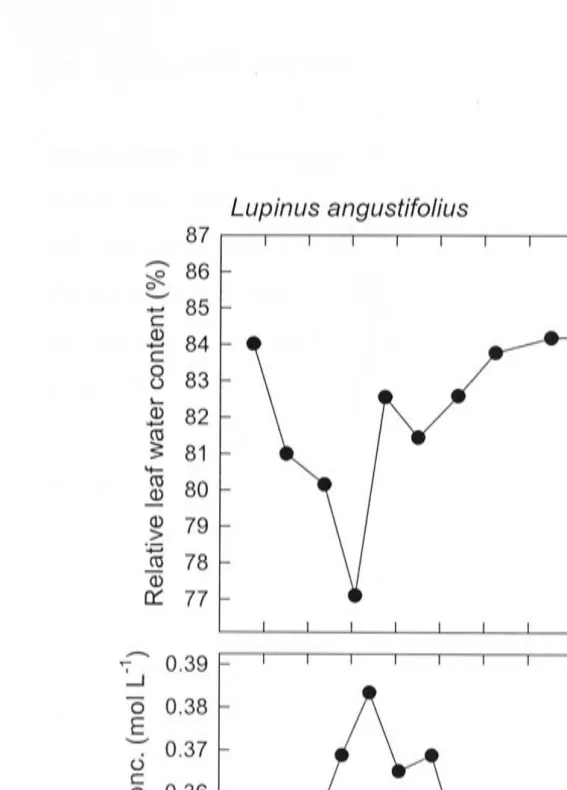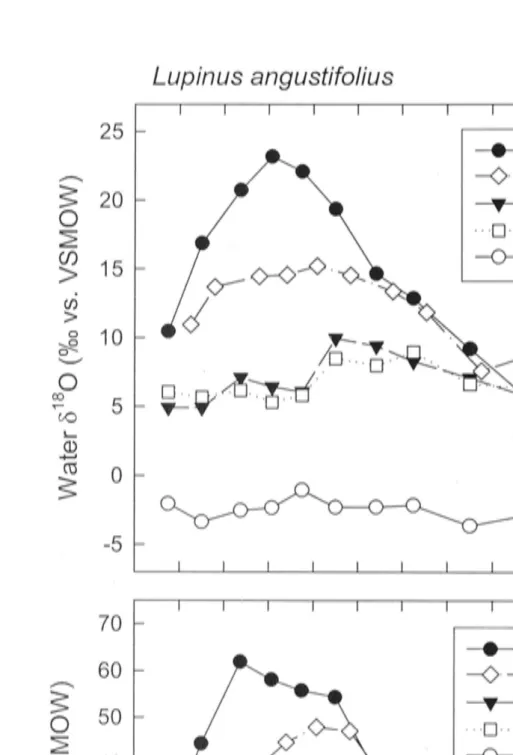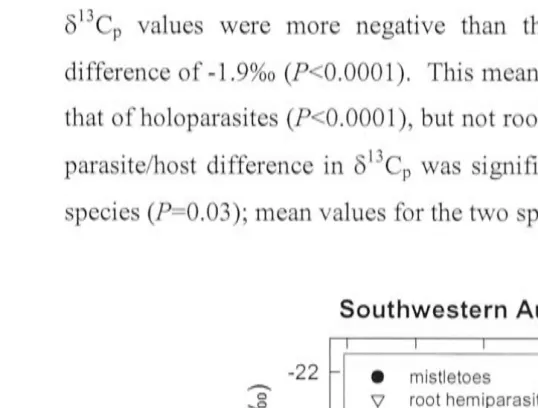Environmental and physiological controls over carbon and oxygen isotope variations in plants
Full text
Figure




Related documents
In order to assess whether collective treatment improves the social support for post-stroke patients, the original treatment protocol was modified (individual therapy for six
Because social media can enable users to express their identities, social identity expressiveness and self-identity expressiveness were added to the TPB
Buna göre, yordayıcı değişken (kendilik algısı) ile yordanan değişken (saldırganlık) ve ara- cı değişken (yalnızlık) arasındaki korelasyonların anlamlı olduğu bulunmuştur
Heterologous bone graft material (Osteoplant-Flex) is thought to be a good alternative to autologous grafts in de- creasing relapse rates and reducing the morbidi- ty of the
Because of the recommended procedure for evaluating reliability (and validity) is to have bilingual participants fill out the questionnaire in both languages and assess the
Nutritional evaluation of rapeseed protein isolate as fish meal substitute for juvenile turbot ( Psetta maxima L.) — Impact on growth performance, body
And the fish species richness, total abundance, total biomass and total abundance and total biomass dominant fish species were significantly changed in seasons in
19% serve a county. Fourteen per cent of the centers provide service for adjoining states in addition to the states in which they are located; usually these adjoining states have





